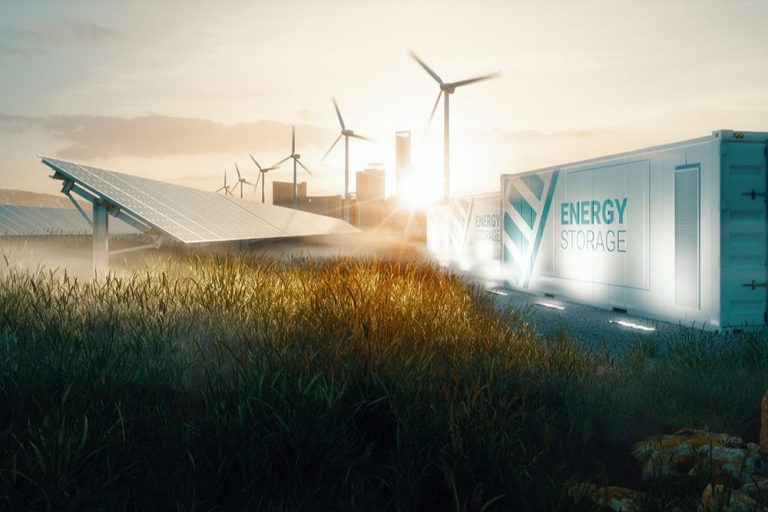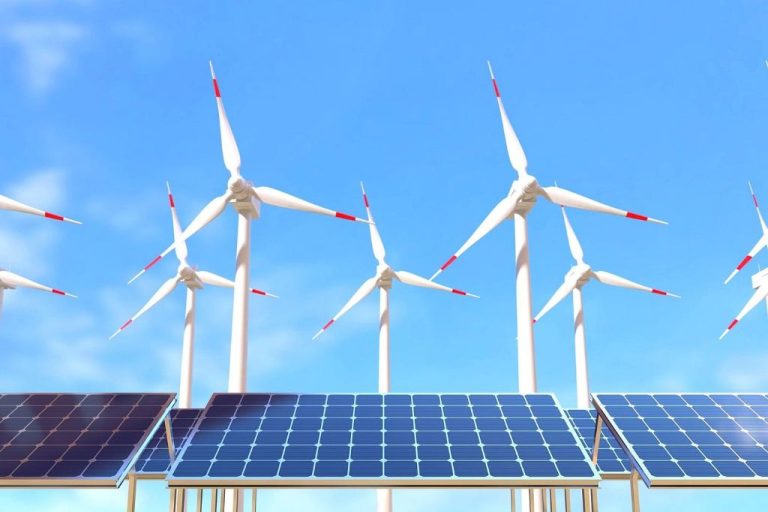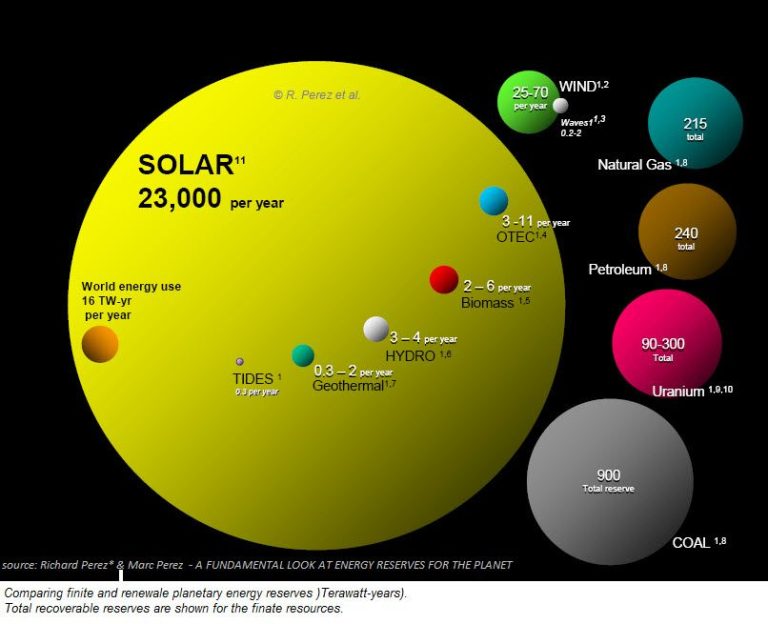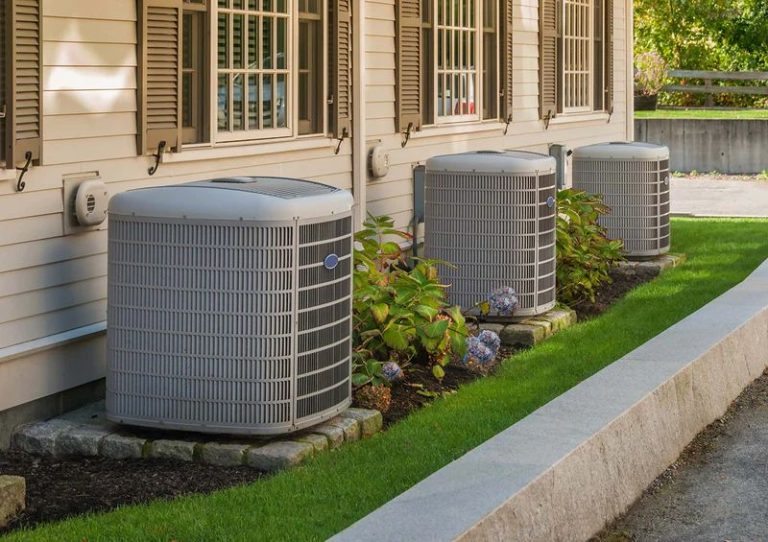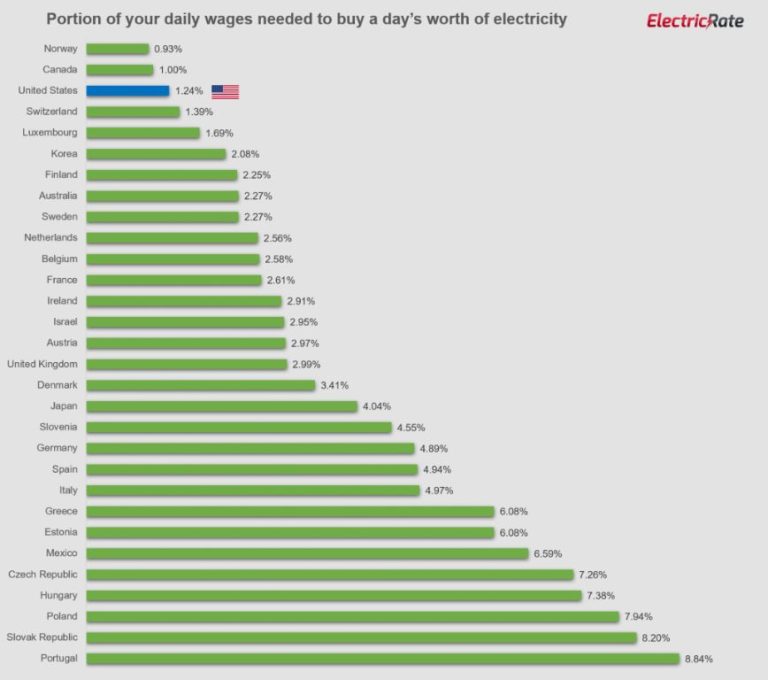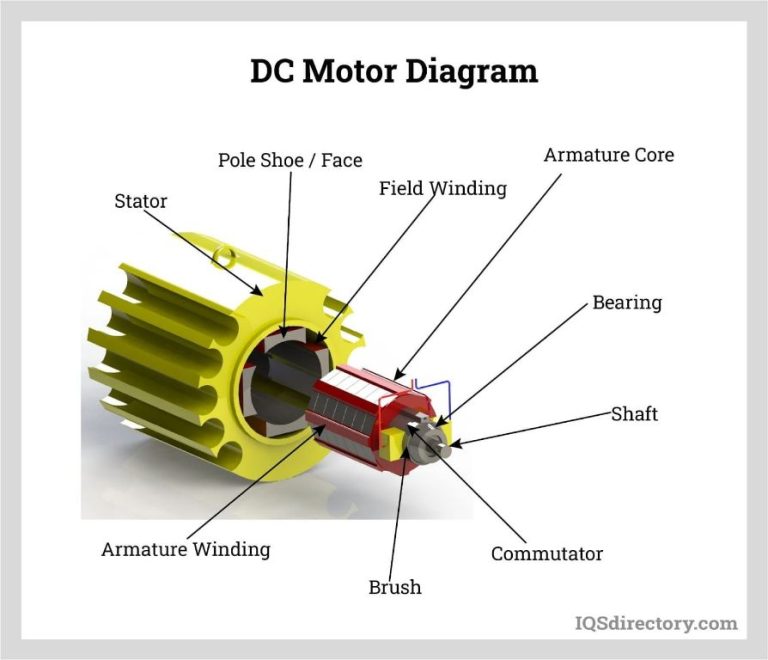What Is The Energy Efficiency Utilities In Vermont?
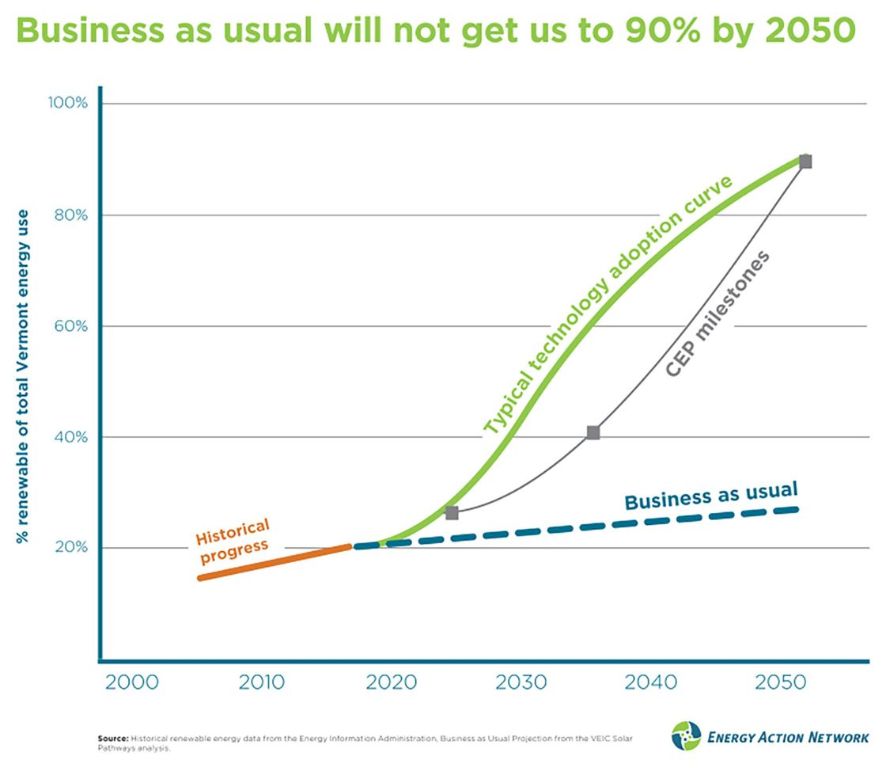
Energy efficiency utilities in Vermont play a key role in helping the state achieve its energy and climate goals. Vermont has some of the most aggressive energy efficiency and renewable energy targets in the country, aiming to reduce greenhouse gas emissions 40% below 1990 levels by 2030 and 80-95% by 2050 (https://publicservice.vermont.gov/sites/dps/files/documents/VT_2020_SF_EX_Baseline_Final_Report_Jan242023.pdf).
To help meet these goals, Vermont has designated energy efficiency utilities that provide services and incentives to help Vermonters reduce energy use in their homes and businesses. The major energy efficiency utilities in Vermont are Efficiency Vermont, Burlington Electric Department, and Vermont Gas Systems. These non-profit utilities are funded through charges on customer energy bills and help Vermonters make upgrades like weatherization, heating system improvements, lighting upgrades, and more. Their services help customers save money on energy bills while also reducing energy demand statewide.
History
Energy efficiency utilities in Vermont first started in 1999 when the Vermont Legislature and Public Utility Commission (PUC) created Efficiency Vermont. This made it the first energy efficiency utility program in the nation [1]. The goal was to help all Vermonters reduce energy costs, strengthen the economy, and protect the environment [2].
In 2000, Efficiency Vermont began offering services to customers across the state. Over the past 20+ years, it has helped Vermonters complete over 1.7 million efficiency projects in homes, businesses, schools, and institutions statewide [3]. This has saved a cumulative $2.7 billion in energy costs and avoided nearly 13 million tons of carbon dioxide emissions [3].
Major Energy Efficiency Utilities
The major energy efficiency utilities serving Vermont are:
- Burlington Electric Department (BED) – BED serves over 19,700 customers in Burlington, Vermont. They offer comprehensive energy efficiency programs and services.
- Efficiency Vermont – Operated by the Vermont Energy Investment Corporation, Efficiency Vermont serves most of the state and provides a wide range of energy efficiency rebates, incentives, and programs.
- Vermont Gas – Vermont Gas provides natural gas service to over 50,000 residential, commercial and industrial customers in northwest and central Vermont. They offer rebates and incentives for energy efficient equipment and home improvements.
These major utilities service the vast majority of Vermont, providing programs and financial incentives to help customers reduce energy use and costs through energy efficiency measures.
Services Provided
Vermont has several major energy efficiency utilities that offer a variety of services and programs to help residents, businesses, and institutions reduce energy costs and usage. The main utilities providing these services are Efficiency Vermont, Burlington Electric Department, Vermont Gas Systems, and Green Mountain Power.
Efficiency Vermont offers a wide range of services including home energy visits, rebates on efficient appliances and lighting, weatherization assistance, financial incentives for businesses, and more. Some of their key programs include Home Performance with ENERGY STAR for whole home upgrades, rebates on heat pumps, insulation, air sealing, and ENERGY STAR appliances. They also offer technical assistance and incentives to help commercial, industrial, and institutional customers improve efficiency (source).
Burlington Electric Department provides services focused on their Burlington customers including energy audits and retrofit assistance for homeowners and businesses. They offer rebates on lighting, appliances, heat pumps and e-bikes, as well as free energy efficient products like LED bulbs and low-flow showerheads (source).
Vermont Gas Systems helps its customers transition to high efficiency equipment like condensing boilers and furnaces. They offer rebates, financing options, and energy audits tailored to homes and businesses using natural gas (source).
Green Mountain Power provides services including home energy assessments, rebates on lighting and efficient appliances, and incentives for switching to cold climate heat pumps and electric vehicles. They also offer flexible rates, bill credits, and other options to reduce costs for customers (source).
Funding
Energy efficiency utilities in Vermont are primarily funded through an energy efficiency charge on electric bills paid by Vermont ratepayers. This charge, known as the Energy Efficiency Charge (EEC), is set at 4.5% of retail electric rates and collected by Vermont’s electric utilities before being transferred to the statewide Energy Efficiency Utility (EEU) program budget.
According to the Vermont Public Utility Commission, the EEC provided over $60 million in funding for energy efficiency programs in 2021 [1]. Additional funding comes from the Regional Greenhouse Gas Initiative (RGGI), an emissions trading program among northeastern and mid-Atlantic states. Vermont allocates 25% of its RGGI proceeds, over $6 million annually, to help pay for EEU programs and incentives [2].
The Vermont Public Utility Commission oversees the EEU budget and goal-setting process. The Commission reviews and approves 3-year budgets and performance targets for meeting Vermont’s energy savings goals through utility-delivered energy efficiency programs. This steady, ratepayer-funded budget allows Vermont to take a long-term, stable approach to advancing energy efficiency across all sectors.
Regulation
In Vermont, energy efficiency utilities are regulated by the Vermont Public Utility Commission (PUC) under Title 30 of Vermont State Code. The PUC has the authority to designate and oversee energy efficiency utilities in the state. This includes approving budgets, programs, performance indicators, and other operations of the utilities [1].
The main energy efficiency utility regulated by the PUC is Efficiency Vermont. Efficiency Vermont operates energy efficiency programs on behalf of all Vermont electric utilities under an Order of Appointment issued by the PUC [2]. The PUC sets performance goals for Efficiency Vermont and oversees its budget and operations through a detailed regulatory process.
Other regulated energy efficiency utilities in Vermont include Burlington Electric Department and Vermont Gas Systems. The PUC ensures these utilities meet energy savings targets and benefit customers through their energy efficiency programs [1].
Overall, the PUC’s regulation enables effective delivery of energy efficiency programs to Vermont utility customers, resulting in energy savings, lower bills, and other benefits while ensuring appropriate use of ratepayer funds.
Benefits
Energy efficiency utilities provide many benefits for consumers and the environment. According to the EPA (1), improving energy efficiency can lower individual utility bills, create jobs, and help stabilize electricity prices and volatility. The EPA also notes that energy efficiency improvements in residential and commercial buildings can increase property values. According to Energysage (2), key benefits for consumers include significantly reduced utility bills, increased property values, enhanced quality of life through more comfortable indoor environments, and improved resilience in the face of power outages. For the environment, energy efficiency reduces greenhouse gas emissions and demand for fossil fuels.
Criticisms
Energy efficiency utilities face various criticisms and challenges. Some utilities view energy efficiency programs as a threat to their business model and revenue, since efficiency reductions lower energy sales (Karier, 2016).
According to a UtilityDive report, utility spending on efficiency has declined nearly 5% from 2018 to 2021. This has contributed to a 19% drop in peak demand reduction. Some utilities are pushing back against aggressive efficiency targets and goals set by regulators.
There are also concerns that certain utilities lack motivation to wholeheartedly embrace energy efficiency, since their profits remain tied to capital investments in infrastructure rather than energy savings (Nadel, 2016). This misalignment creates a disincentive for utilities to reduce energy demand through efficiency.
Additionally, evaluating cost-effectiveness and attribution of savings for efficiency programs presents challenges. Industry groups critique that current tests overestimate costs and undervalue benefits (Nadel, 2016). More rigorous measurement and verification of efficiency program impacts are needed.
The Future
Energy efficiency continues to be a major focus in Vermont’s energy future. Innovations in technology and policy are driving new advancements and trends.
Some key innovations include the wider adoption of smart meters, which allow for more granular tracking of energy use and opportunities for savings through demand response programs (The Future of U.S. Electricity Efficiency Programs Funded by Customers and Utilities). New financing models like on-bill repayment also make it easier for homeowners and businesses to invest in efficiency upgrades.
Major trends include the expansion of customized energy efficiency programs for different customer segments, greater targeting of peak demand reductions, and new partnerships between utilities and third parties to deliver expanded services (The Future of Utility Customer-Funded Energy Efficiency Programs).
The future outlook is for continued growth in spending and savings from energy efficiency programs, with projections showing savings could increase by 20-30% by 2030 under an optimistic scenario (Energy Efficiency: It’s Time To Get Next Level). Utilities, regulators, businesses, and homeowners will need to collaborate to fully capture the benefits through advanced technologies, innovative programs, and supportive policies.
Conclusions
In summary, Vermont has several energy efficiency utility programs that aim to help residents, businesses, and communities reduce energy usage and costs. These utilities play an important role in Vermont’s energy policy by administering energy efficiency programs, conducting outreach and education, and helping to advance renewable energy and electric transportation. While not without criticism, Vermont’s energy efficiency utilities have helped the state achieve high levels of participation in efficiency programs and reductions in energy consumption. As energy issues continue to be a priority in the years ahead, the role of Vermont’s energy efficiency utilities is likely to remain prominent in driving further progress on state energy goals.
Vermont’s focus on energy efficiency through utilities like Efficiency Vermont demonstrates the state’s commitment to reducing energy waste, managing energy costs, and promoting a sustainable energy future. The programs and services offered provide many benefits to Vermonters and help advance the state’s environmental and economic development goals. Though the utilities face challenges in demonstrating continued savings and value, they play an integral part in Vermont’s energy strategy. Overall, Vermont’s energy efficiency utilities exemplify an innovative approach to engaging customers, delivering services, and collaborating across sectors to achieve shared energy objectives.

